A former munitions factory became the unlikely home to Cardiff’s creative scene. Now they are being forced to leave.
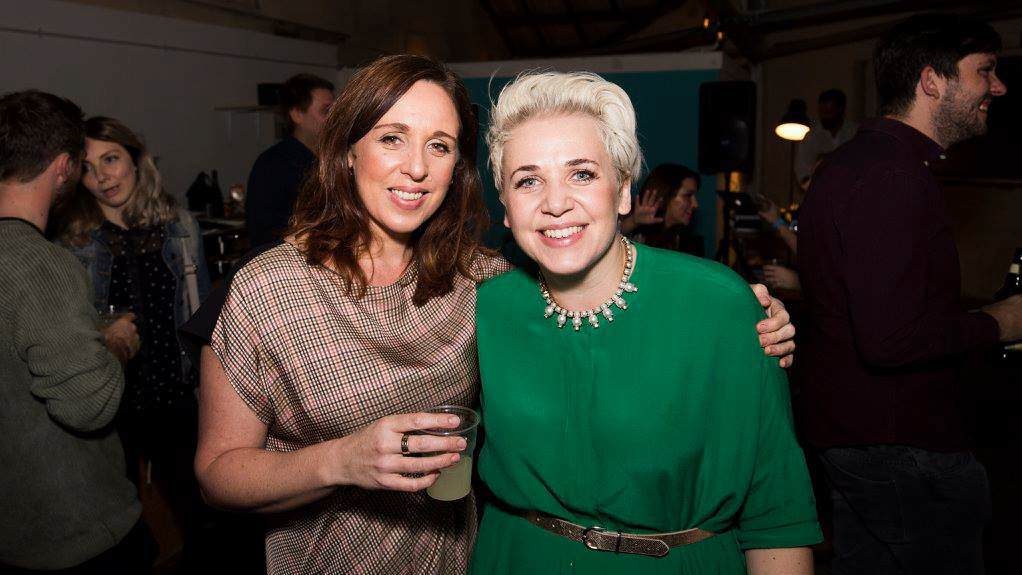
When you imagine an art studio, most people automatically think of spotless white walls and messy wooden desks in New York-esque apartments. You’re unlikely to conjure up images of old factories surrounded by builders and construction. It’s in this industrial sector that you can find The Sustainable Studio occupying a former munitions factory.
It was set up by two sisters Julia Harris and Sarah Valentin. As their sustainable fashion business Zolibeau, had outgrown their last space. “We have this strange connection with this space, both our grandparents used to work here” Julia explained. “You know when you meet someone and you’re just like wow, it was kinda love at first sight”
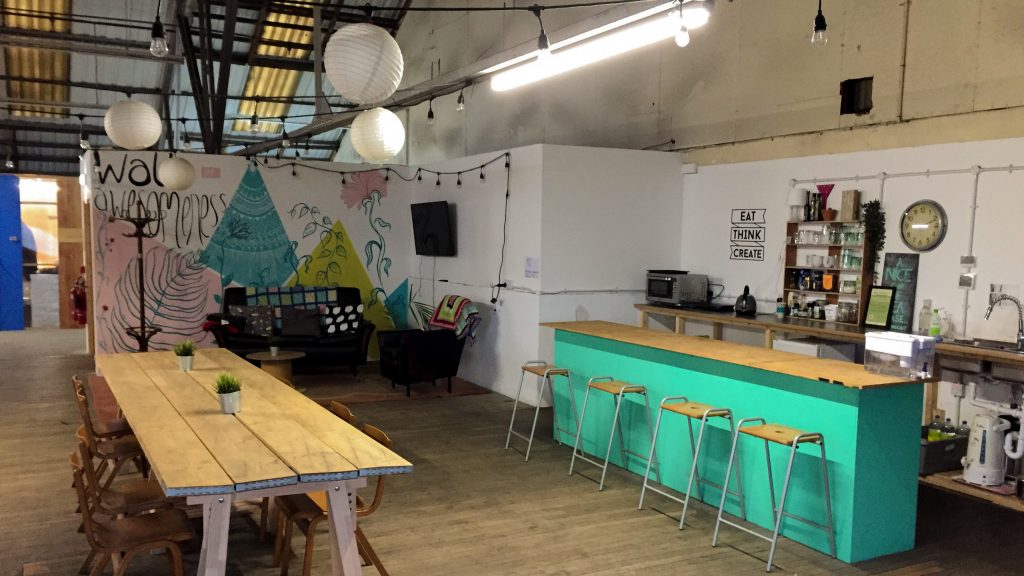
Founded in 2016 The Sustainable Studio is a co-working space which provides creatives from across Cardiff a suitable environment to work. Recognising that a lot of artists feel isolated often working from home or by themselves, the sisters have created a space for creatives where they can support one another as well as the greater communities of Riverside, Grangetown, and Butetown.
“For the first six months, around twelve of us shared the studio but we kept getting more and more people asking us to join,” Julia says. “Even from the beginning we wanted to create a community of people with a range of skills now we have; ceramicists, artists, illustrators, goldsmiths, filmmakers, photographers, bloggers, animators, an interior designer.” She lists off all these profession’s while bouncing her youngest child Esme on her lap. Another mum and baby are sitting behind us having lunch and while we talk while other members of the studio wander past to one of the communal kitchens.
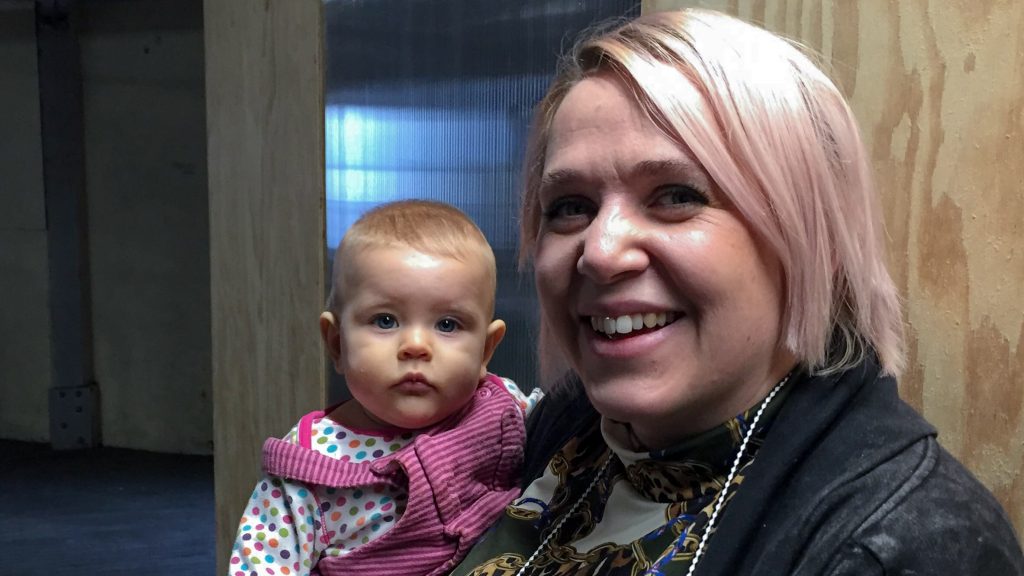
When asked if she would like to expand the studio further, she shook her head and said “we wouldn’t want to get much bigger than we are now, we might lose that family feel we have going.” Saying that “Even with the amount of members we have working here, the studio has become a beast in size. That is pulling us away from more community engagement activities which is where our heart is.”
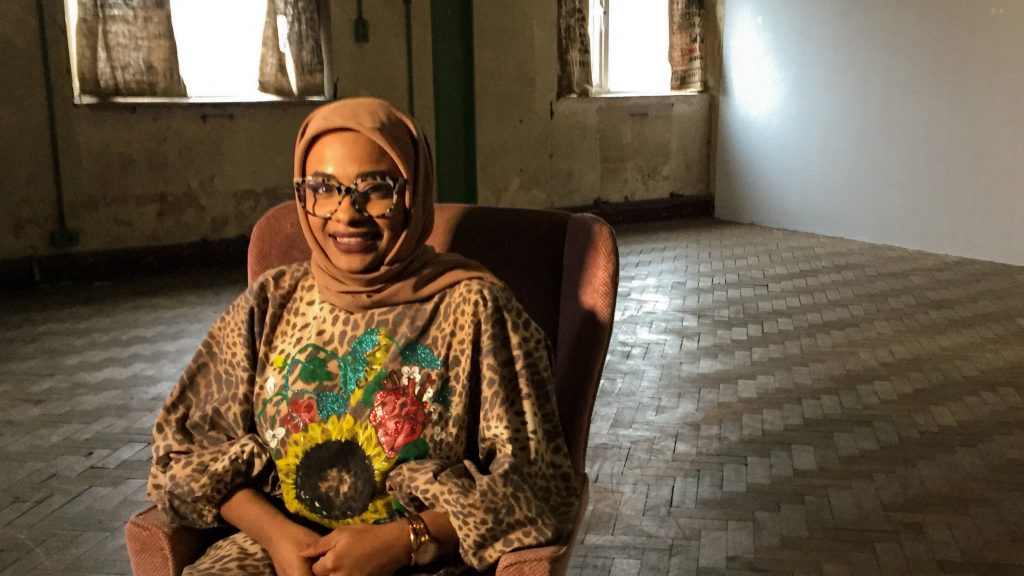
In the past, the studio has done community work for the Millennium Centre, Cardiff City Council and the Princess trust. Even training Ikea staff to run community workshops, in a pilot program that has been adopted across the UK.
While the Studio is seemingly going from strength to strength, the lease on the factory is coming to an end and the council seems to have little interest in renewing it. This move has forced the sisters to look elsewhere around the city for affordable space.
“There’s a lot of history here in this building and we’re not saying keep everything but give a little nod to it” Julia argues. Going on to say “what we have established here is really exciting while being beneficial to the creative economy of Cardiff and we’d like the council to recognise this”
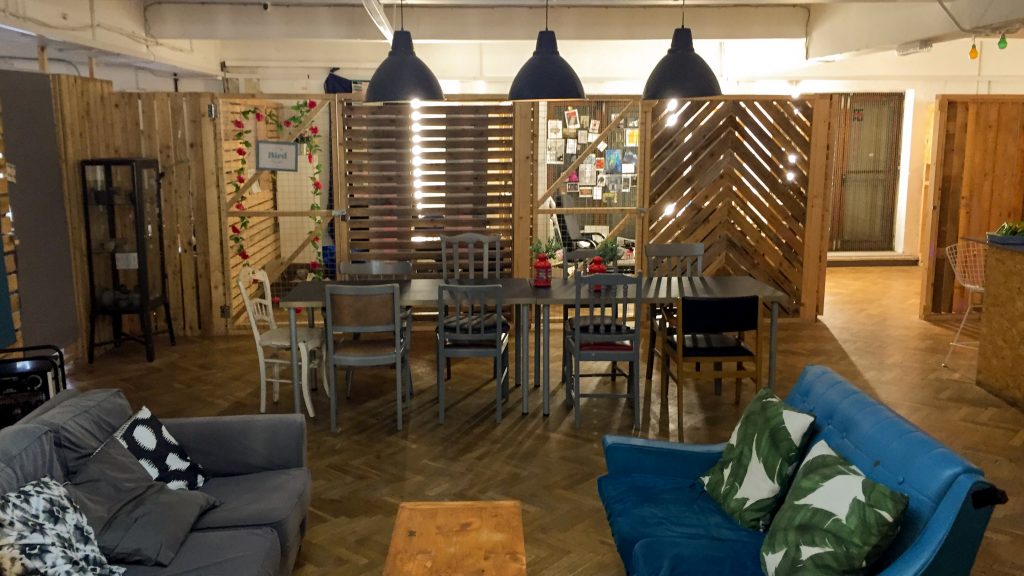
Recent promises of investments from the Cardiff Council and the Welsh government don’t seem to fill her with confidence. “The council seems to have more interest in AI and tech startups because they think it’s the future,” she says. “I was watching a documentary the other day and they said that “Cardiff was the call centre capital of the world” is that what we want to be known for? At the rate the city is selling up all its space, you won’t have any culture just a concrete city.”
It’s also the apparent lack of transparency that seems to bother her. Pointing out that the council hasn’t even done a consultation with the public about what will replace the factories in the coming years. “For all we know, they will build a load of half a million-pound townhouses and rent them out regardless of what the local community needs or wants”
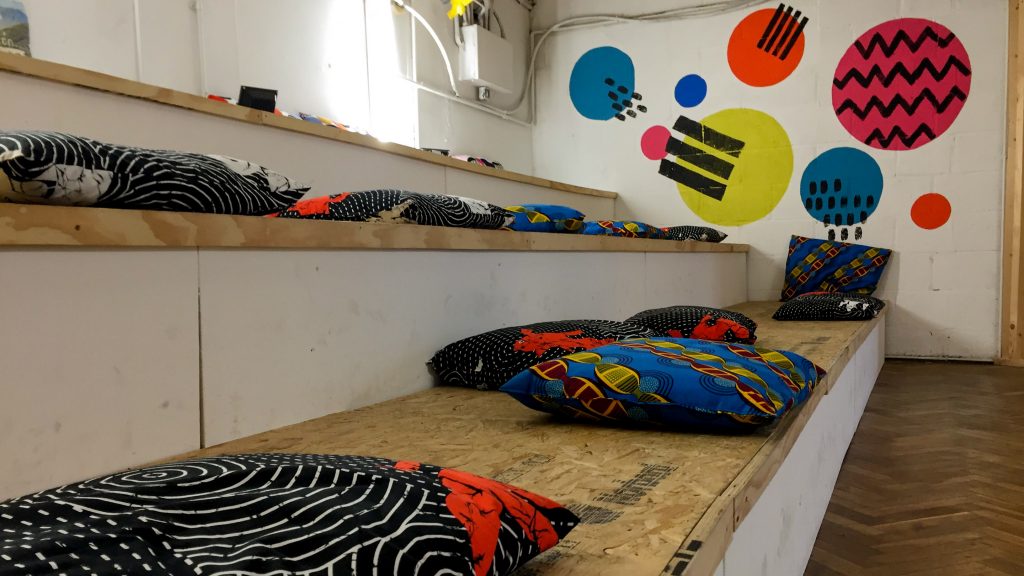
The closest English city is Bristol and that’s the one Julia would like to emulate in some ways. She says “the council should leave one warehouse or factory for artists to use. Bristol has let creatives take over loads of buildings and its lush. Cardiff is shit compared to Bristol when people travel here no one says “you need to go to this area or check out that artwork” it’s really sad.”
After our interview, Julia gives me a full tour of the building and while discussing the future of The Sustainable Studio, she remains very positive. Explaining that even though their time at the old munitions’ factory didn’t last as long as she would have liked. They built it everything within with the knowledge they would have to move it at some point, so they’ll hit the ground running when they find their new place. “In the next space, we want to be there on more of a long term lease, invest in that community there, outside and inside to hopefully have a positive impact on the city,” she says.
“We have 48 creatives from all walks of life working and getting along here, it’s quite remarkable! The council does seem to love what we do here and would love to be tagged on to it but they need to put their money where their mouth is!”
